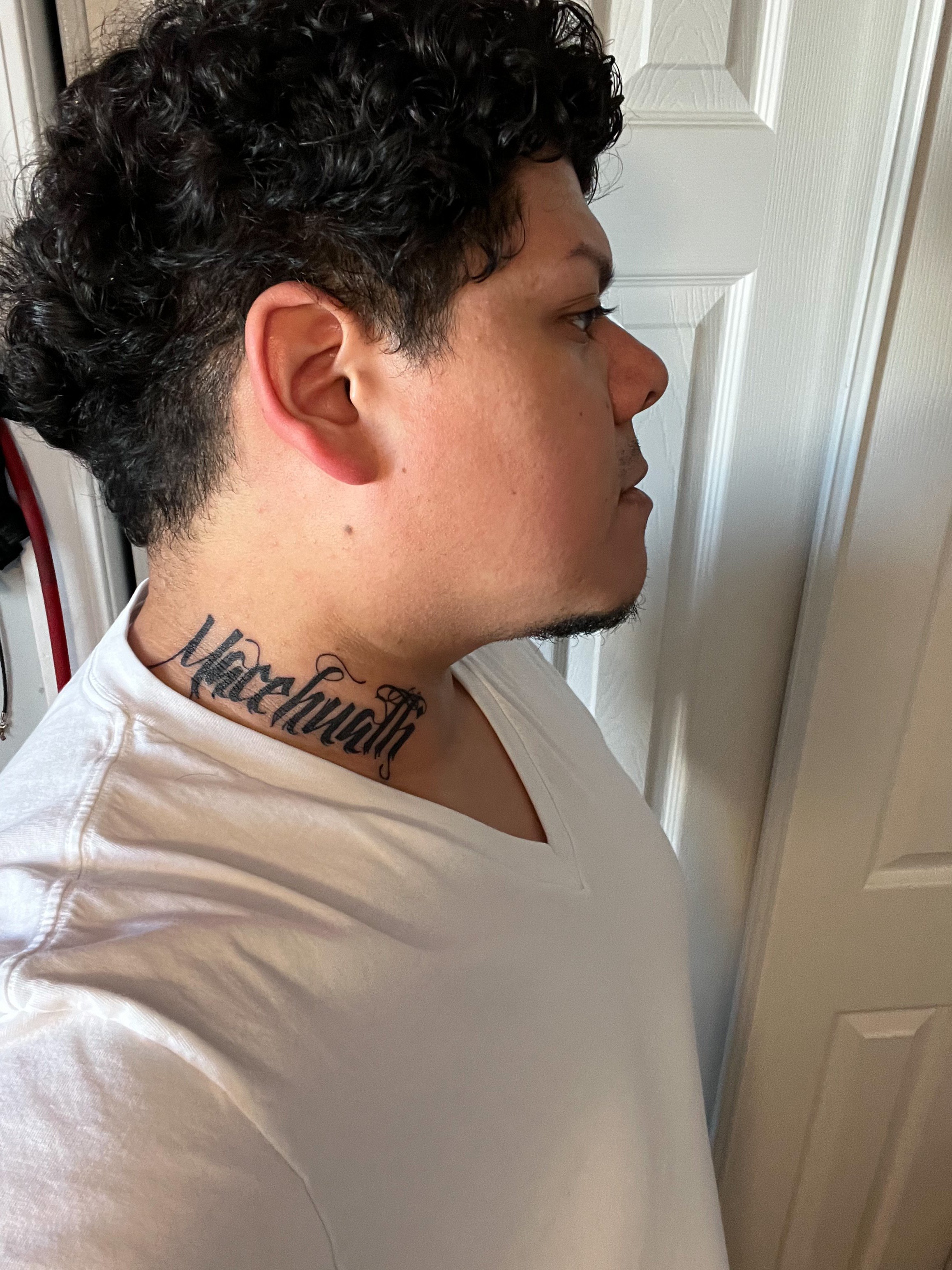That is idiotic, there is absolutely a reason to reinstall in some cases
Not when you’re “stuck”, tho. You understand the problem, boot live system, fix it and learn from your mistakes. Like, my first reinstalls of arch were due to not understanding I can just chroot or pacstrap some packages I forgot, for example.
Some times but not most, like Windows. macOS is the same way thanks to its *nix underpinnings. I honestly can’t remember a time I ever reinstalled the system to fix a problem.
Meh, snapper rollback
Whaddya talking about I nuke my shit all the time.
Why learn nixOS, if not to reinstall every morning?
Me too 😁 I have no important file not saved in cloud ever. I can nuke any of my clients without any afterthought
This saves so much time…
I think people do that even in Linux, sometimes problemes are still very hard to solve and reinstalling is just faster, maybe I’m the only one. On another hand there is distro hopping ╮(︶▽︶)╭
Fucking up your computer so much you decide to “distro hop” by reinstalling a new os.
Isn’t that what everyone meant? Just me? Oh
My distro hops have been more like distro evacuations.
The whole point of doing a separate partition for your home directory is to do just that… The fuck is this even supposed to mean.
Uh… I don’t have a separate partition for /home. I have a separate zfs filesystem for it though. If I run into issues, I can restore from snapshot and not affect it.
Same, but BTRFS
That’s fair. I chose ZFS because I’ve used it before. And understand it fairly well already. I know nothing about BTRFS, so perhaps you could educate me a little. I’m working on setting up a cloudstack host using ZFS RAID 10. Does BTRFS have a flexible architecture to where you could do something similar?
Edit: Perhaps you could also inform me of the speeds of BTRFS too. From what I understand, ZFS outperforms BTRFS in large datasets, but I don’t know where the cutoff is. I’ll let you know it would need to run 12 ea 10TB HDDs.
Best would be to search up BTRFS vs ZFS, or listen the the entire back catalog of 2.5admins; they regularly discuss both. ZFS is probably what you want, I only went BTRFS because it is what I got introduced to via OpenSUSE
If you got a problem, reinstall and do the same stuff again, you’ll almost certainly get the same problem again. So, no, it’s only productive if you are in a fucked-up environment where changes bring more breakage than they fix.
It’s useful if you don’t plan to do the same thing again, though. So if you are just trying random stuff, yeah, go ahead.
I reinstall at the drop of a hat. Pretty much any excuse to try another distro or configuration I was uncertain about.
If the issue doesn’t resolve itself, reinstall, that works for me as a catch all solution because I use Linux like a Chromebook, web browsing.
I like immutable Linux for this reason. If you use almost exclusively containers and flatpaks you can rebuild easily.
As someone I’d still consider a noob, I did this less than a month after getting a new laptop last January. I probably broke something trying to get the headphone jack working on it and then Bluetooth stopped working properly as well after installing Steam, so I started over. All I know for certain is I ended up destroying a folder I shouldn’t have on accident, which bricked the system pretty much and made nothing launchable, terminal included. This was on MX and haven’t had issues since reinstalling.
configure automatic snapshots and invest in a few terrabytes of storage on a home cloud, like a NAS server
It’s kind of a moot point now, but I’ve definitely been keeping snapshops from timeshift just in case I truly break something and can’t fix it, like the time I somehow nearly bricked Plasma by just trying to install virtualbox.
Ehhh all my important files are sync’d to my NAS. I have a script that just apt installs everything I normally use. Sometimes it’s just faster than troubleshooting. Usually if I’m about to do something whacky I clone my disk and use the clone. If it works it’s my new primary, if it doesn’t nothing lost.
I just rollback my snapper.
My brother reinstalled his windows more often than I ran “zypper dup”
One of the big selling points of Linux to me was I can automate my install from end to end. I haven’t bothered automating the installer, but once it boots I run a playbook to set everything up and restore most of my homedir from backup. Everything down to setting my custom keyboard shorts, extensions and wallpaper is covered.
These days I run Silverblue and I’m trying to find the time to put together my own build pipeline to build my own images on top of Silverblue’s.
Either way, I have no fear of reinstalls.
I literally had an official support person tell me to reinstall Ubuntu to get a specific app running.
idk but if my system becomes unbootable, i’d reinstall. Otherwise, set up a NAS for yourself and upload snapshots to it, configure this process to be automatic. Especially if you like to tinker with your system or/and you use a rolling release







